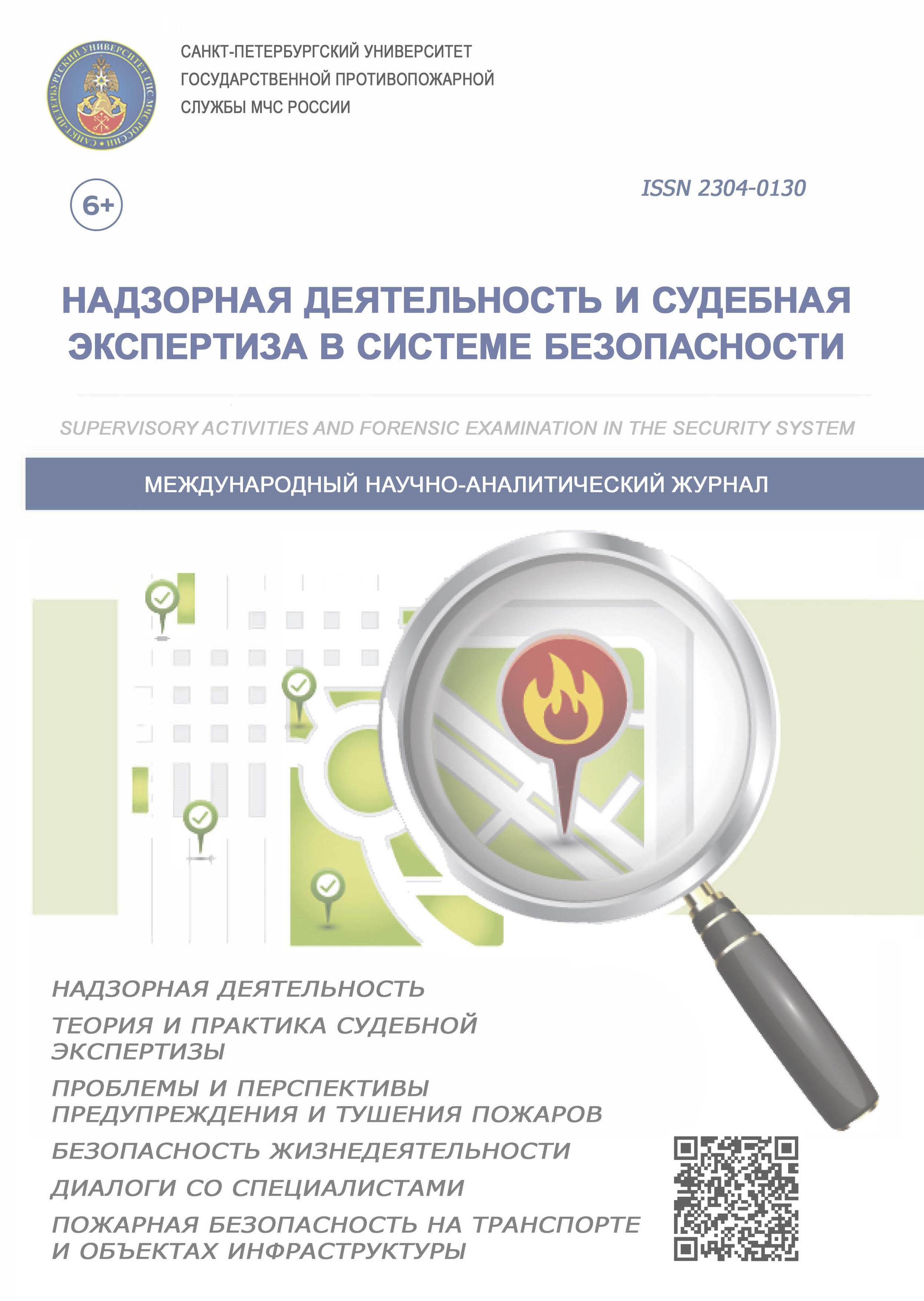Russian Federation
Russian Federation
Using experimental data available in the literature the auto-ignition temperature of saturated and unsaturated hydrocarbons with different molecular structures is analyzed. Based on modern research of hydrocarbons oxidation with different structures at high temperatures, the connection between chemical structure, bond strength in the molecule and radical mechanisms of oxidation processes with the auto-ignition temperature is shown. It is noted that the branching of molecules contributes to the temperature of self-ignition increase, that is, an increase in their composition of methyl groups, tertiary and quaternary carbon atoms located nearby in the carbon chain. Double and triple bonds, starting from C5, strengthen the molecule. The elongation of both the main chain and the chain of substituents reduces the auto-ignition temperature of the compound.
linear saturated and unsaturated hydrocarbons, auto-ignition temperature, fire hazard
1. Alekseev S.G., Alekseev K.S., Barbin N.M. Methods for predicting the main indicators of fire and explosion hazard of organic compounds // Technosphere safety. 2015. № 2 (7). P. 4–14.
2. GOST 12.1.044–89*. Fire and explosion hazard of substances and materials Nomenclature of indicators and methods for their determination. Access from the information and legal portal «Garant».
3. Technical regulations on fire safety requirements: Federal. law Ross. Federation dated July 22, 2008 № 123-FZ (as amended on July 10, 2012). Access to the reference and legal system «ConsultantPlus».
4. Korolchenko A.Ya., Korolchenko D.A. Fire and explosion hazard of substances and materials and means of extinguishing them: reference book. in 2 hours. M.: Ass. «Pozhnauka», 2004.
5. Calculation of the main indicators of fire and explosion hazard of substances and materials: guidance. M.: VNIIPO EMERCOM of Russia, 2002. 77 p.
6. Analysis and prediction of fire hazardous properties of individual alkanes / I.A. Agafonov [et al.] // Fire and explosion safety. 2009. T. 18. № 2. P. 16–19.
7. Impact of fuel molecular structure on auto-ignition behavior – Design rules for future high performance gasolines / M.D. Boot [et al.] // Progress in Energy and Combustion Science. 2017. № 60. R. 1–25. DOI:https://doi.org/10.1016/j.pecs.2016.12.001.
8. Korobeynikova E.G., Kozhevin D.F., Kozhevnikova N.Yu. Theoretical foundations of combustion and extinguishing processes: textbook. for universities of EMERCOM of Russia, SPd.: S.-Petersb. un-t State fire service EMERCOM of Russia, 2022. 425 p.
9. Chen C.-C., Liaw H.-H., Kuo Y.-Y. Prediction of autoignition temperatures of organic compounds by the structural group contribution approach // J. Hazard. Mater. 2009. Vol. 162. № 2-3. P. 746–762.
10. Lushchik A.P., Arestovich D.N. Application of the Statistical Methods for Determining the Self-ignition Temperature of Combustible Liquids // Safety & Fire Technology. 2014. Vol. 33. № 1. P. 51–58.
11. Keshavarz M.H., Gharagheizi F., Ghanbarzadeh M. A simple correlation for prediction of autoignition temperature of various classes of hydrocarbons // J. Iran. Chem. Soc. 2013. Vol. 10. № 3. P. 545–557.
12. Gharagheizi F. An accurate model for prediction of autoignition temperature of pure compounds // Journal of hazardous materials. 2011. Vol. 189. № 1-2. P. 211–221.
13. Analysis and prediction of fire hazardous properties of α-olefins of normal structure / I.A. Agafonov [et al.] // Fire and explosion safety. 2011. T. 20. № 1. P. 28–30.
14. Batov D.V., Storonkina O.E., Mochalova T.A. Modification of the additive group method for describing fire hazard indicators of saturated hydrocarbons: flash and auto-ignition temperatures, evaporation enthalpy // Pozharovzryvobezopasnost. 2017. T. 26. № 5. P. 21–28. DOI:https://doi.org/10.18322/PVB.2017.26.05.21-28.
15. Perekatnova E.S., Raikova V.M., Akinin N.I. Influence of hydrocarbon structure on the auto-ignition temperature // Advances in chemistry and chemical technology. 2017. T. 31. № 13 (194). P. 52–54.
16. Magaril R.Z. Theoretical foundations of chemical processes of oil refining. M.: Chemistry, 1976. 312 p.
17. Milovanovic N., Chen R. A Review of Experimental and Simulation Studies on Controlled Auto-Ignition Combustion. SAE Paper 2001-01-1890, 2001.
18. Influence of the position of the double bond on the autoignition of linear alkenes at low temperature / R. Bounaceur [et al.] // Proceedings of the Combustion Institute. 2009. Vol. 32. № 1. P. 387–394.
19. Combustion chemistry of alkenes and alkadienes / C.W. Zhou [et al.] // Progress in Energy and Combustion Science. 2022. Vol. 90. P. 100983.







